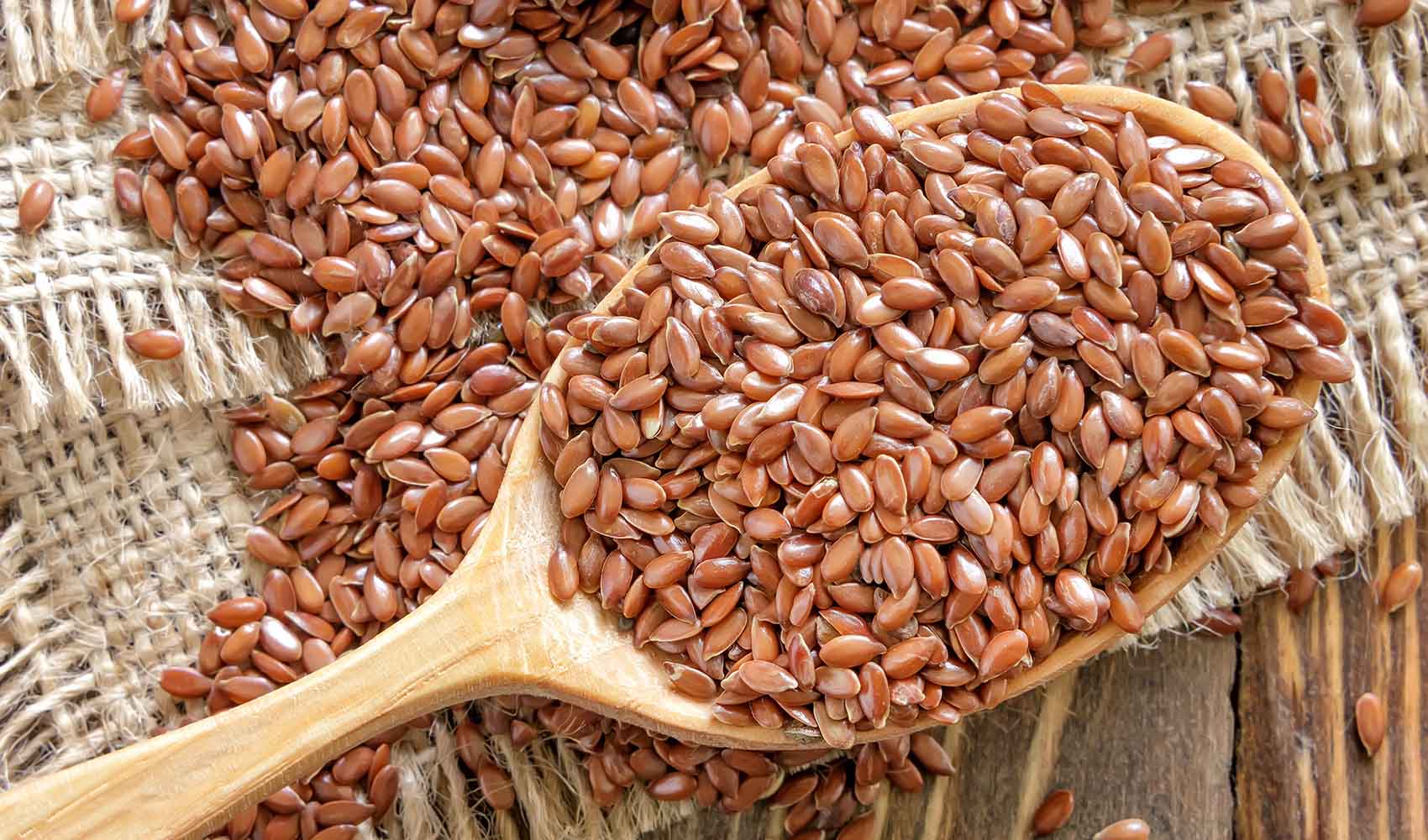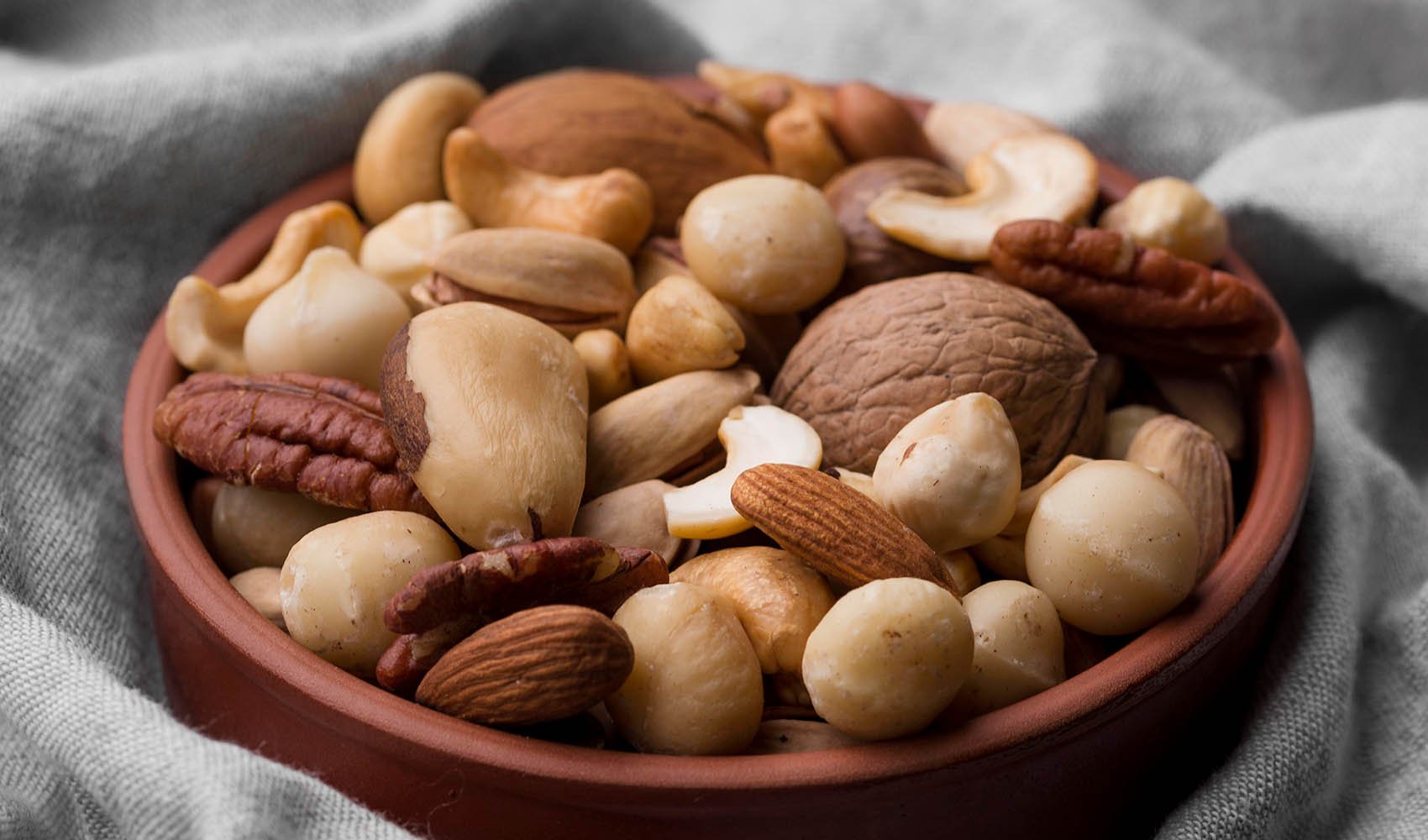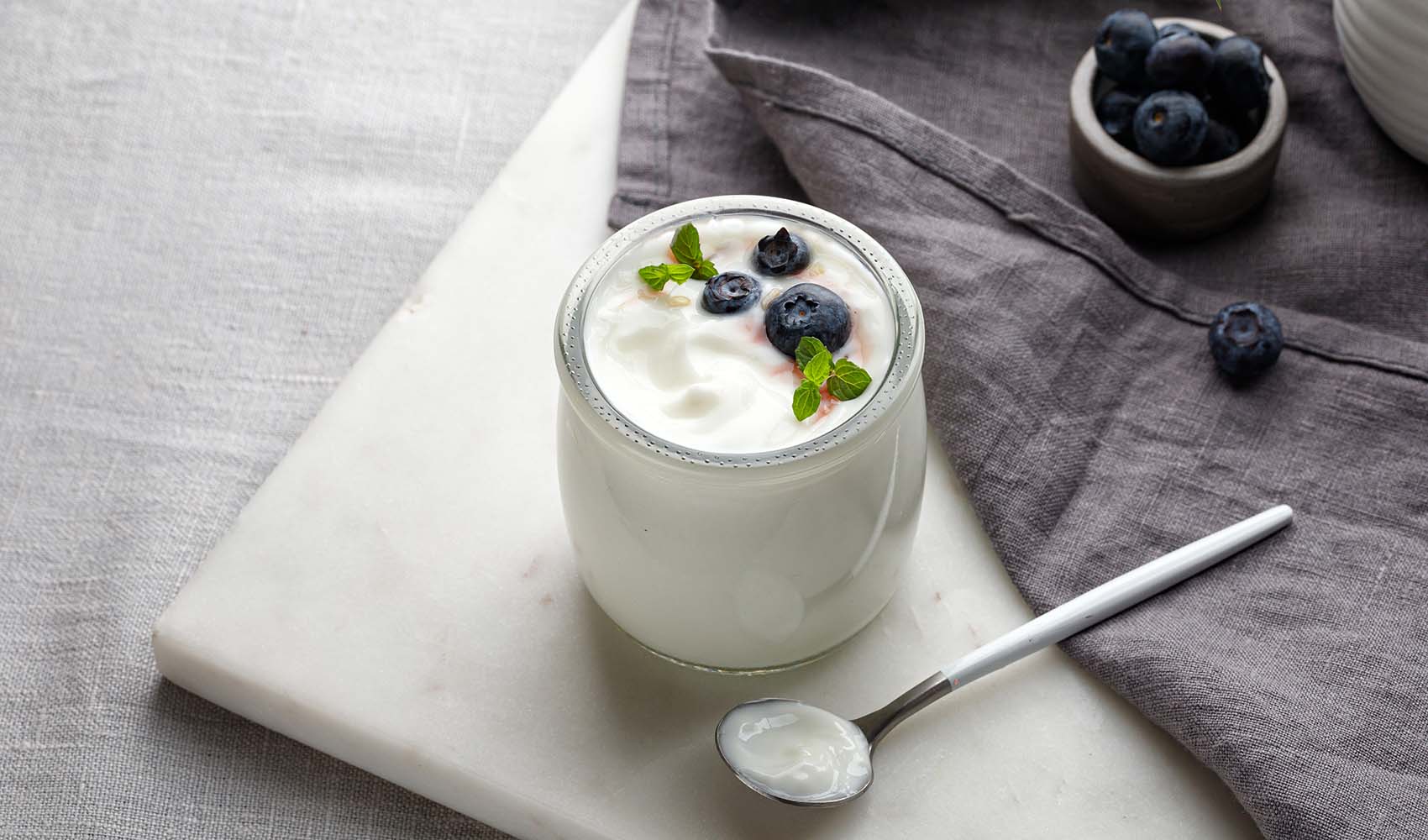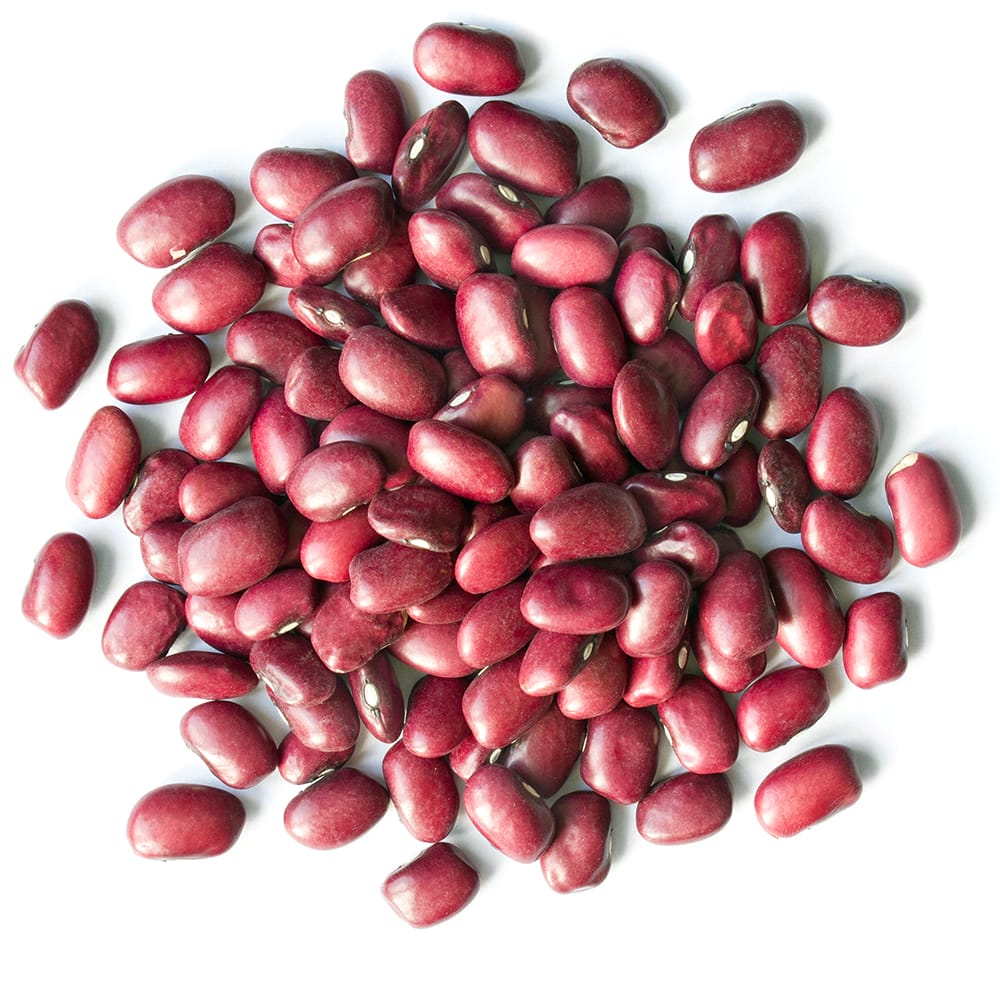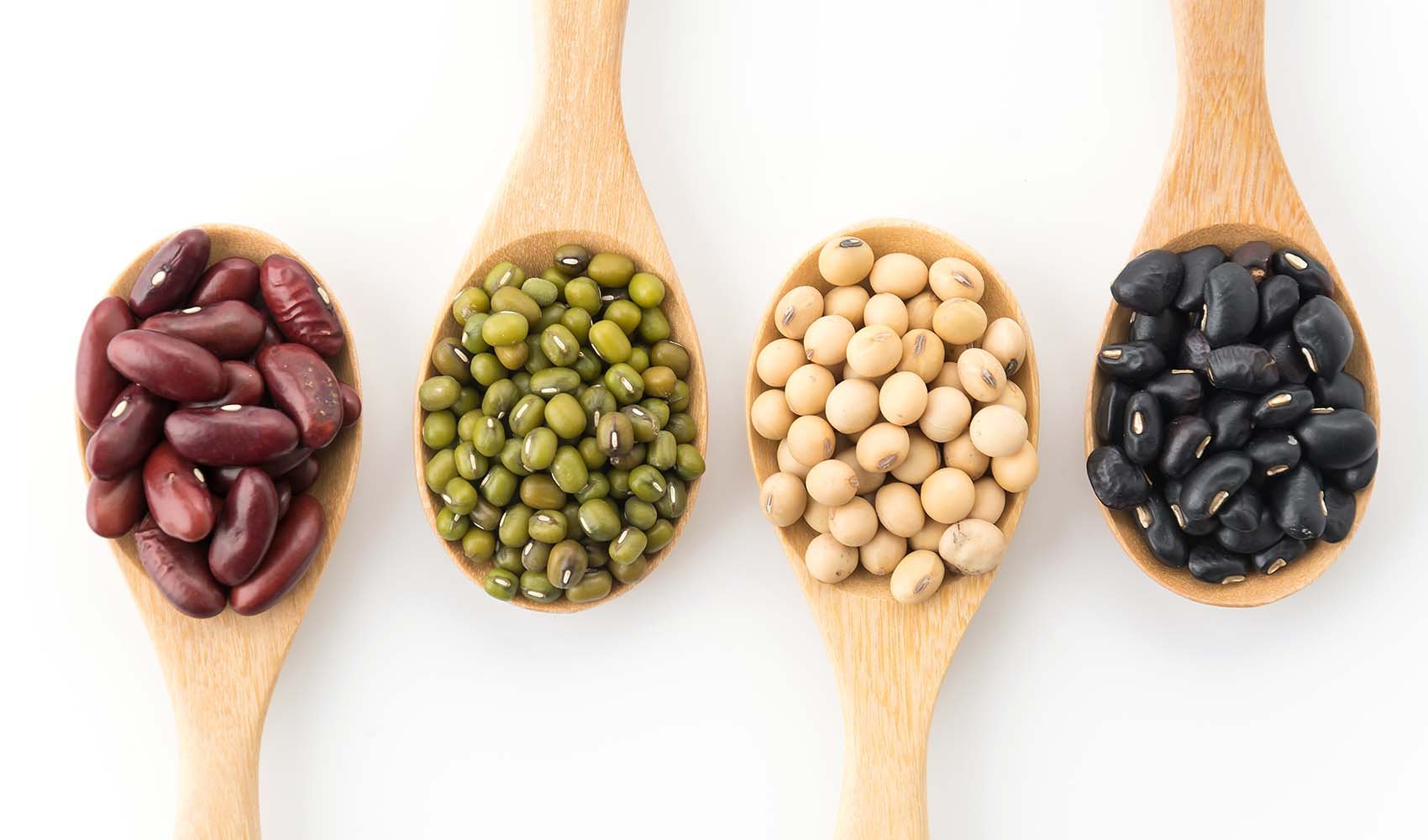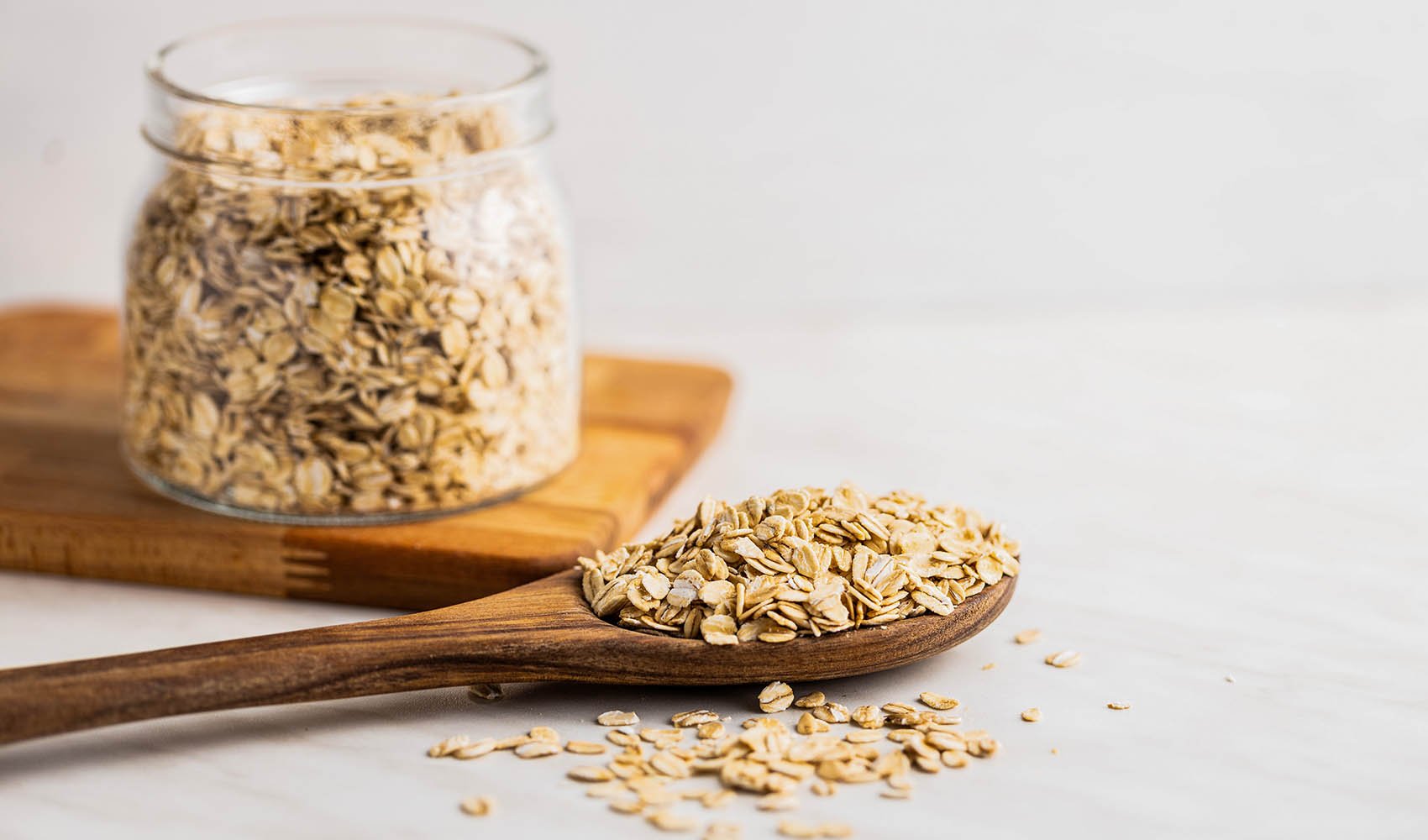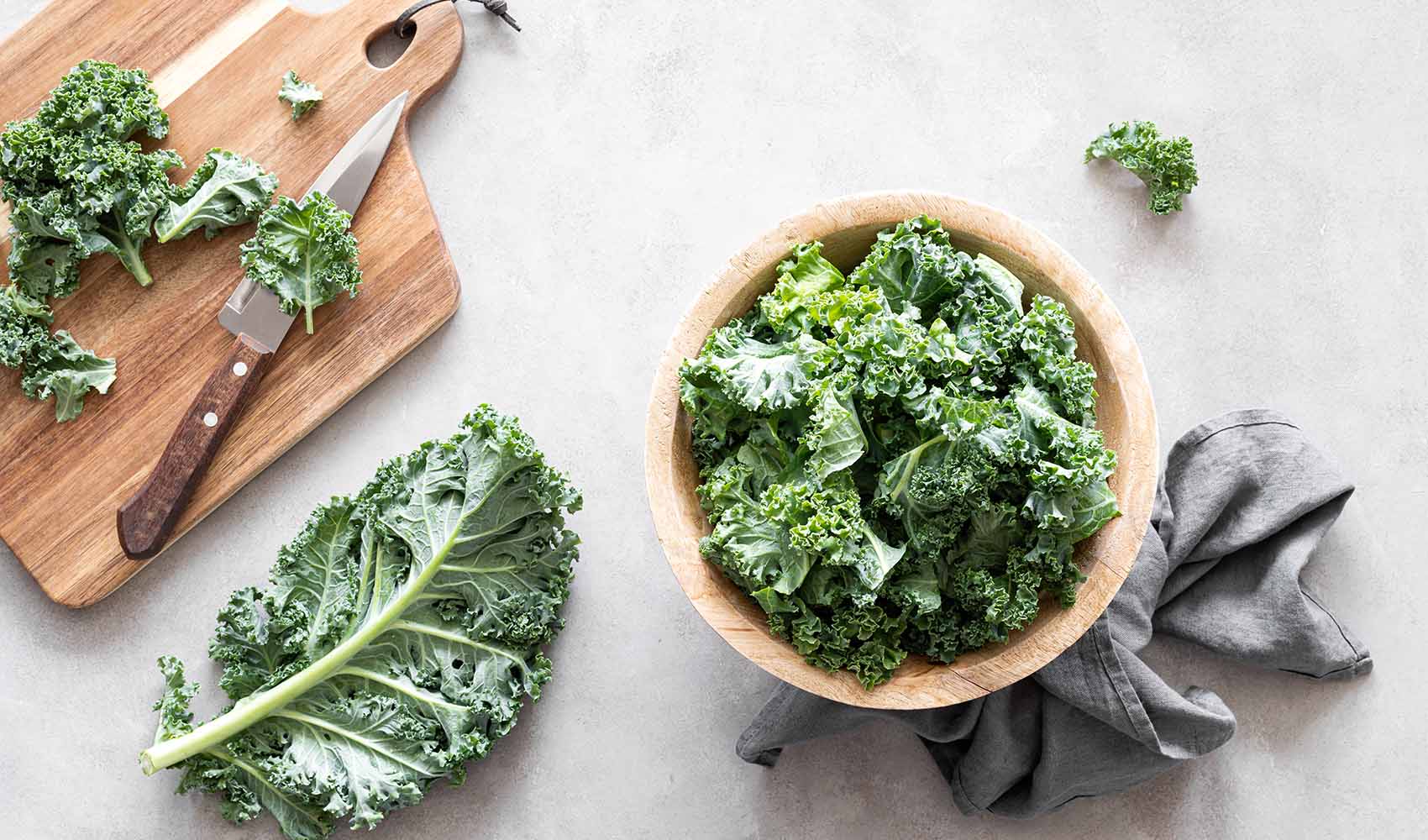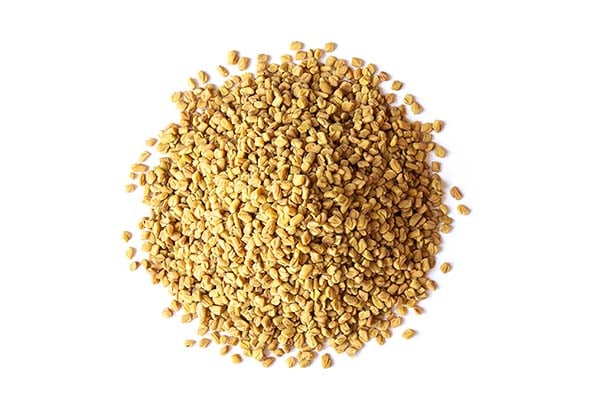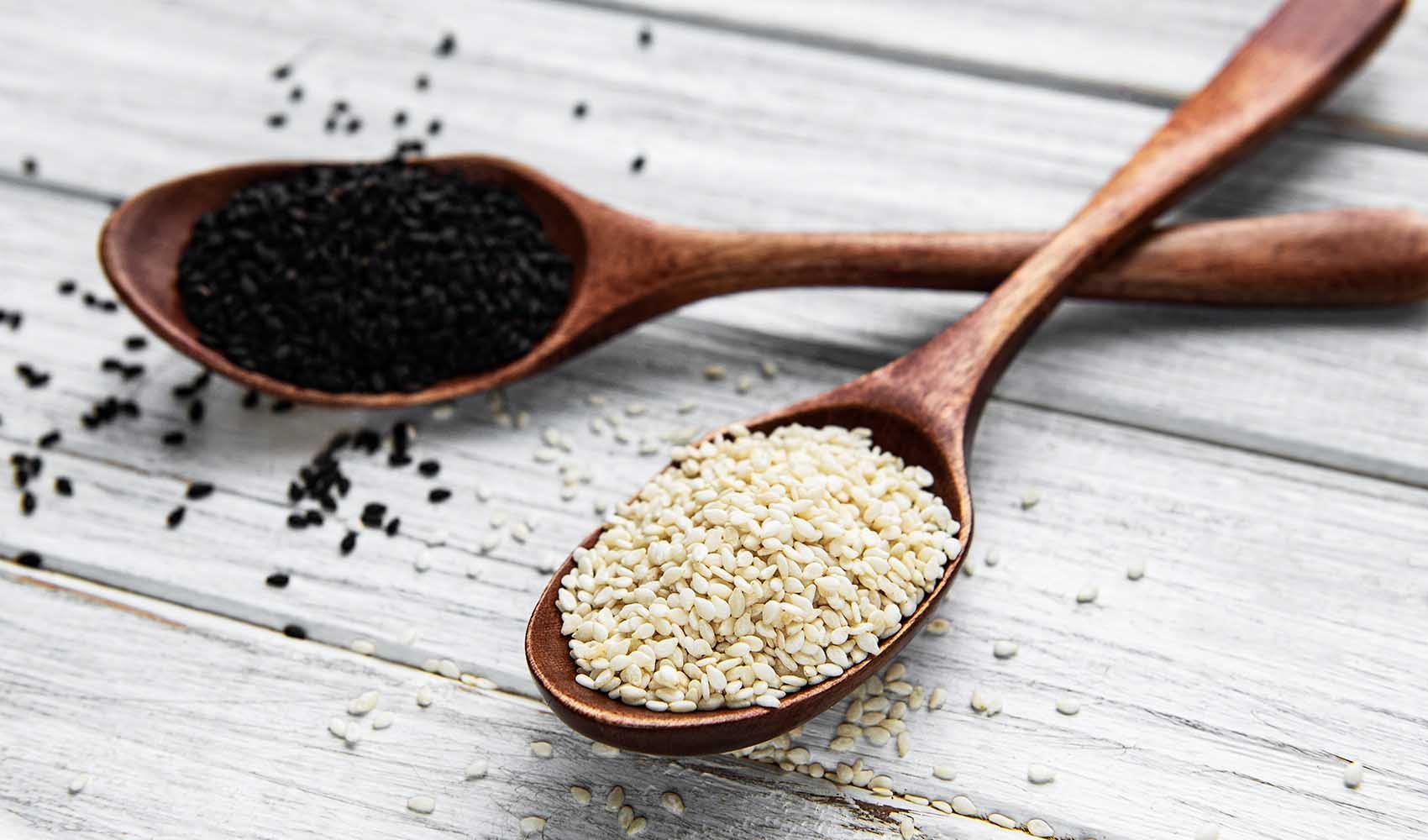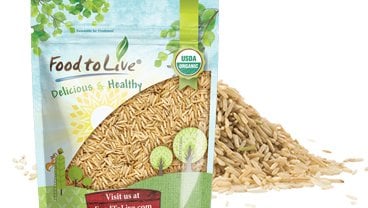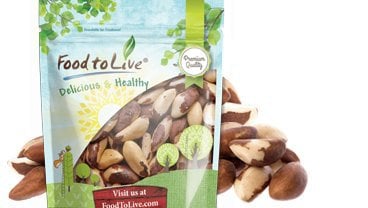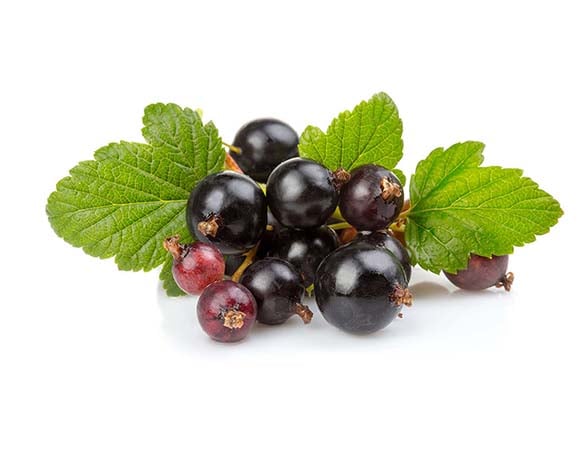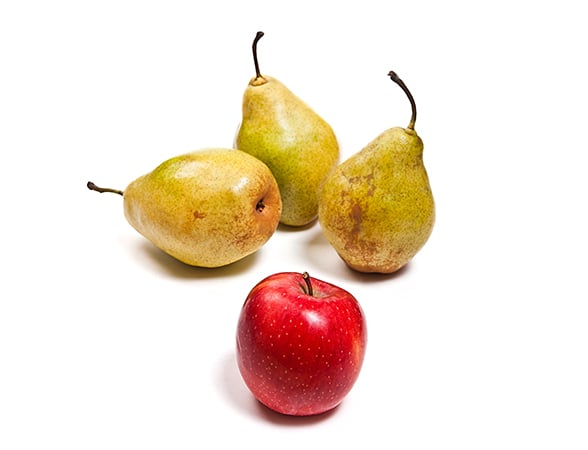July 13, 2016 · Written by Foodtolive Team
Breastfeeding on a Vegetarian Diet: Foods to Increase Lactation
For a lot of nursing mothers, it’s easy to get too tired and forget about proper diet. However, eating properly during the breastfeeding period is a critical aspect of keeping both the mother and the baby healthy.
The diet during breastfeeding is going to affect post-delivery recovery as well as the amount of produced milk. The correct choice of nutrients and balance of vitamins is a good way to be healthier overall and increase breastmilk supply.
Research has shown that a vegan or a vegetarian diet may not only be better for your body, but also perfectly sufficient for pregnancy and breastfeeding. However, managing to build a diet consisting of all the right products and nutrients can be quite troublesome. We’ve made a list of vegetarian-friendly diet choices to help you with this overwhelming task.
Top 10 Natural Foods to Increase Lactation
Nuts
Nuts are great for increasing breastmilk supply because of their contents: they’re full of proteins, fiber, healthy fats and vitamin E. Their high percentage of amino acids and magnesium are building blocks for serotonin, which can work as a neurotransmitter for increasing lactation.
Besides, research has shown that including nuts in your diet can help to avoid heart diseases, improve blood vessel functions and lower cholesterol.
Brown Rice
Brown rice offers a lot of healthy elements such as vitamin B, potassium, copper and magnesium.
Some new mothers overlook brown rice because of its percentage of carbs, but it’s important to remember that avoiding carbs too much isn’t good for you. A proper daily intake of carbs, as well as phosphorus and zinc, is one of the proper ways to fill your body with energy and maintain the quality of milk supply.
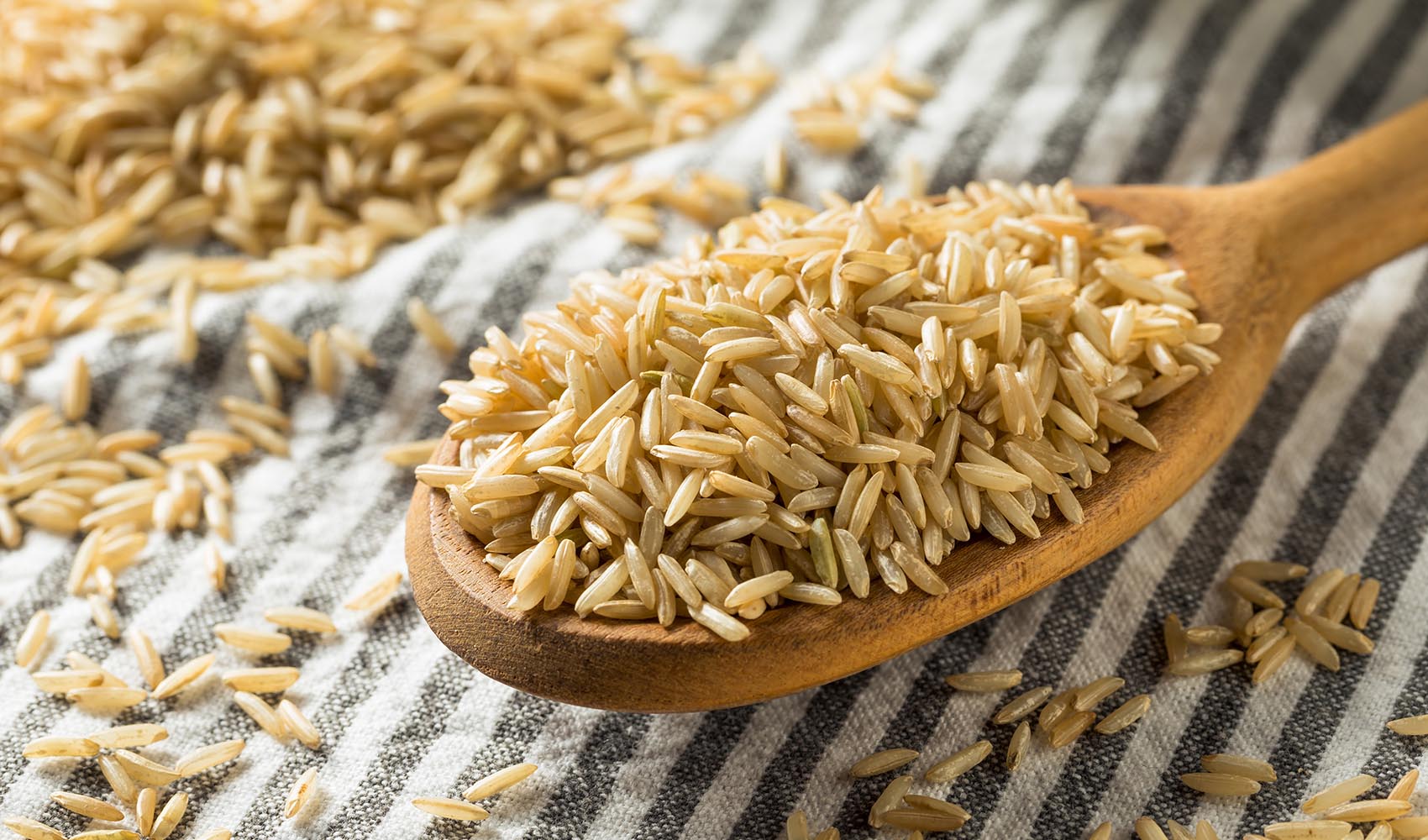 Yogurt
Yogurt
Yogurt is another great type of food to increase lactation: they can fulfill your daily protein intake and offers lots of calcium, vitamin B12, probiotics and magnesium. The vegetarian choice, soy yogurt, additionally offers plenty of vitamin C and D. Feel free to add toppings like dried fruit and coconuts for additional nutrients that will help with developing your baby’s digestive system. You can even make your own homemade yogurt by following this simple recipe.
Fresh Homemade Yogurt Recipe
Ingredients:
- 1 quarter 2-percent milk
- Half a cup of powdered milk
- 1-2 tablespoons of honey
- Half a cup of plain yogurt
Sponsored by Food to live
Instructions:
- Pour the milk into a saucepan.
- Add the powdered milk, honey and whisk together.
- Put on medium heat and bring to 120 degrees.
- After the temperature’s been reached, pour the milk into a plastic container, reserving about half a cup.
- Whisk the milk into the yogurt and, and add it back to the milk texture.
- Put the container in a wine bucket lined up with a heating pad, set the heat to medium, and let the mixture ferment for about 3-12 hours at ~115F degrees.
- Refrigerate overnight.
Legumes
Another useful option are different kinds of legumes like lentils, beans and peas. They contain plenty of beneficial nutrients: protein, fiber, magnesium, iron and potassium while being low in fat and cholesterol. Plus, it’s a good diet choice for vegetarians.
Oatmeal
For a meal so easy to prepare, oats are packed with elements that provide energy and health benefits. During the post-pregnancy period, oats control the occurrence of diabetes and increase breastmilk milk supply thanks to the iron. Its high amounts of fiber are good for digestion, and research has shown that people who eat oats tend to gain less weight over time.
Greens
A good vegetarian choice as well as a generally healthy diet option, leafy greens are full of vitamin C, iron and fiber. Greens such as spinach and beet leaves are effective foods to increase lactation, will help make your baby strong and are important food for anemic mothers. Spinach contains plant chemicals that prevent breast cancer, and should help with detoxification. Greens are easily consumable raw, for example in salads. If you’re having problems in finding a great salad recipe, here is an example.
Spinach and Green Apple Salad Recipe
Ingredients:
- 5 ounces of spinach leaves
- 1/3 cup walnut pieces
- 1 Apple
- 1 teaspoon Dijon mustard
- 1 tablespoon cider vinegar
- 2 tablespoons olive oil
- Salt and pepper
Instructions:
- Whisk vinegar, oil and mustard together in a bowl. Add salt and pepper.
- Evenly add spinach with the dressing, and if needed divide among the serving plates.
- Slice the apple into thin matchsticks and add on top of the salad.
- Add the walnut pieces.
Blueberry
Blueberries can provide a plenty of health benefits for breastfeeding moms. They are rich in antioxidants, carbohydrates to keep you energetic, potassium and a bunch of vitamins (including A and K). They are also easy to eat: you can drop them in a cereal, salad or yogurt, or eat them straight from the freezer.
Even if you don’t like blueberries, you can pick almost any other berry instead: most berries contain fiber and antioxidants, especially the darker types.
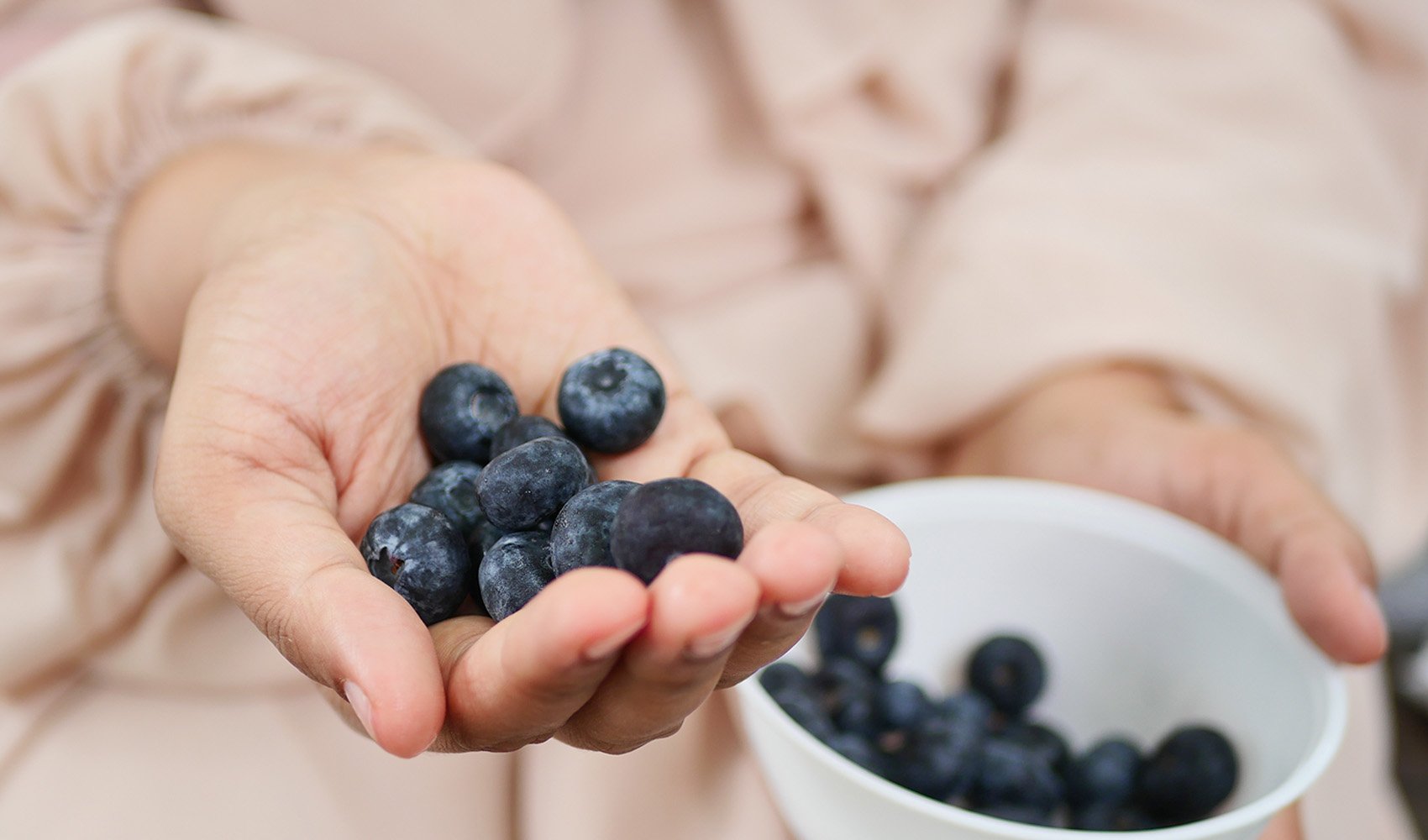 Seeds
Seeds
Fenugreek is used worldwide in baking and cooking, and it’s rich in protein, vitamin C and iron. Fenugreek in capsule or tea form will help increase milk supply within a week.
Sesame seeds are a lactogenic food, which helps increasing breastmilk production, and they are high on calcium and healthy polyunsatured fat. Don’t forget to crush sesame seeds before eating for easier consumption.
Cumin seeds can be used to increase breastmilk supply and are also a great source of iron, which can help provide energy to mothers after childbirth. Additionally, they help with avoiding digestive irritants such as acidity.
However, be sure to have seeds in moderate amounts, and remember to avoid fenugreek if you’re prone to asthma or allergies.
Zinc-containing foods
Zinc is one of the healthiest minerals you could take, especially during the breast-feeding period. Aside from helping with increasing lactation, zinc’s benefits include:
- Increasing optimal growth and development
- Increasing the appetite and ability to taste
- Supporting the proper work of immune system
- Supporting the eyesight and night vision
- Helping with postpartum depression
Thankfully, zinc is easily available in a lot of meals. Good sources of zinc include whole grain foods, pumpkin seeds, sesame seeds, toasted wheat germ, nuts and spinach.
Flax
Flaxseeds are important enough to deserve their own section. Flax in any form contains a lot of healthy nutrients like fiber, lignans (a type of phytochemicals) and omega-3 fatty acids. The research suggests that a diet containing enough omega-3 acids can help in battling depression and stimulate brain activity. As recommended by The Institute of Medicine, a dose of 1.1-1.6 grams of omega-3s — or just a tablespoon of flaxseed — is a sufficient daily amount. Try sprinkling ground flaxseed in yogurt, oatmeal, cereal or a smoothie and you’ll have a great and nutrient-sufficient meal, especially when combined with other foods to increase lactation.
